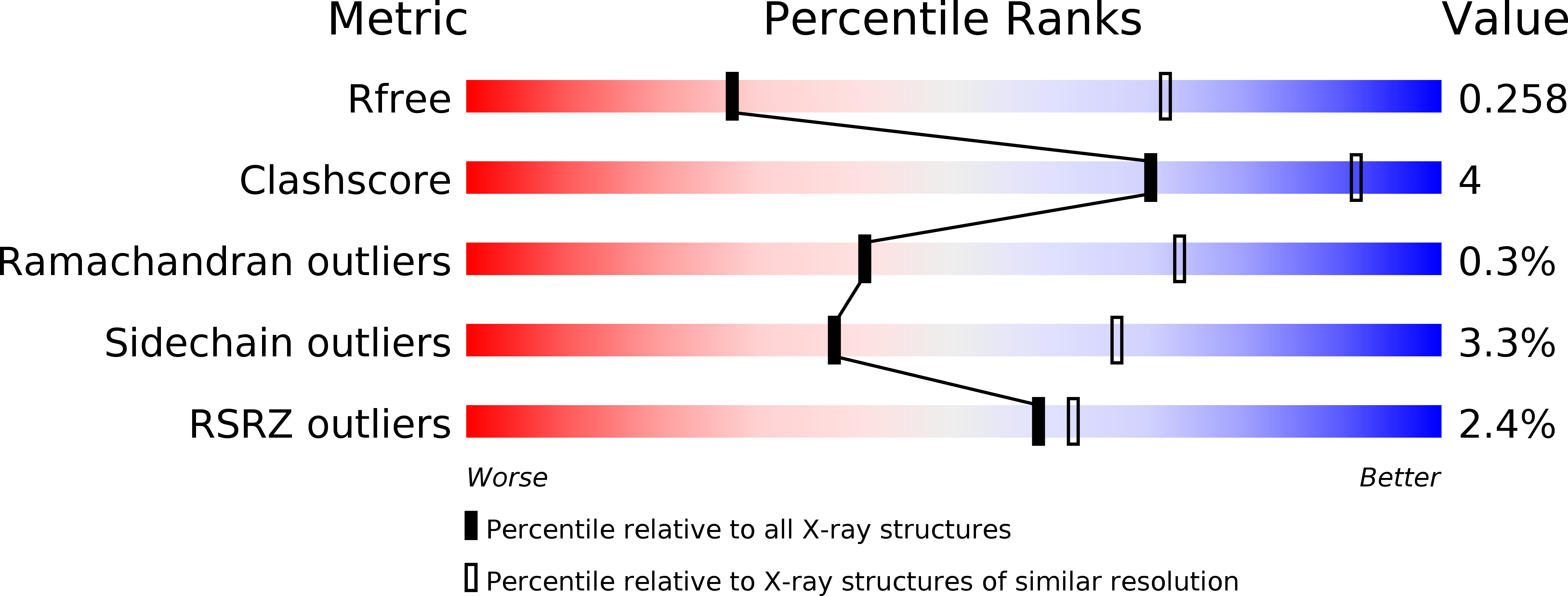
Deposition Date
2016-09-14
Release Date
2016-10-19
Last Version Date
2024-10-30
Method Details:
Experimental Method:
Resolution:
3.37 Å
R-Value Free:
0.26
R-Value Work:
0.24
R-Value Observed:
0.24
Space Group:
C 2 2 21


